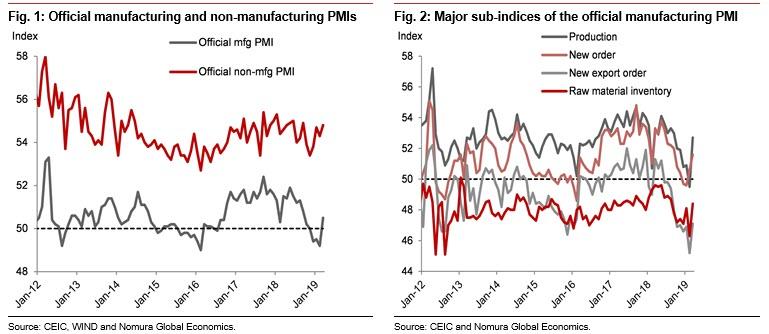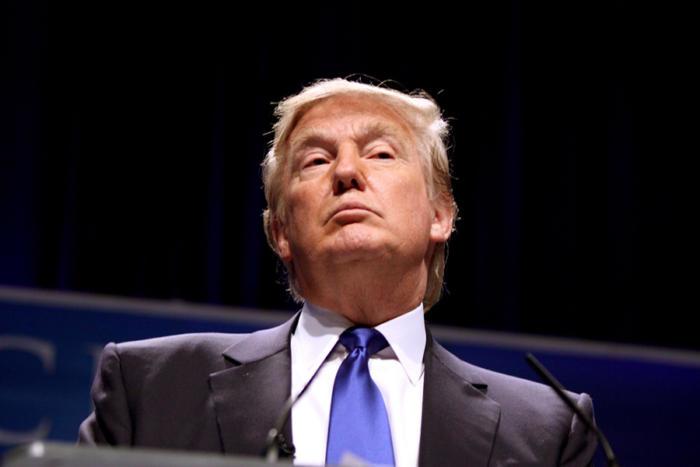In the spring of 1692, an energetic young Scotsman named John Campbell started a new business in central London.
Campbell was a goldsmith, and his business sold jewelry and other crafted metals like plates and silverware.
But Campbell’s new company had another business line as well: banking. And the company he started eventually became Coutts & Co., a bank that still exists today in the UK.
Since the dawn of the Bronze Age thousands of years ago, metal workers (‘smiths’, from the word ‘smite’– to strike) were prominent, highly valued members of society.
Smiths were instrumental in construction, architecture, science, warfare, and art.
And they also provided some of the world’s earliest banking services.
For most of human history, money was metal– primarily gold and silver. And people knew that storing large quantities of gold and silver in their homes made their wealth prone to theft.
Goldsmiths already had tight security in their shops due to their significant inventories of precious metals.
So it was commonplace for other residents in town to store their own gold with the local smith, piggybacking on his security, in exchange for a nominal fee.
This was banking in its most traditional form: customer paid a fee to store wealth at a goldsmith’s shop.
By the time John Campbell set up his bank in the late 1600s, however, times had changed. Goldsmith-bankers had begun making loans… keeping only a small portion of their customers’ gold on reserve in the vault, and loaning out the rest at interest.
This is essentially the same model of banking that still exists today.
Giant institutions control trillions of dollars that we depositors dutifully provide to them.
Banks keep a tiny portion of this capital on reserve– often as little as 1%. And with the other 99% of your money, they make loans, or occasionally wild speculations, with very little transparency.
Here’s a great example:
Just over a decade ago, Wachovia was one of the largest banks in the world. The company’s 2007 annual report showed billions in profit, and a balance sheet of nearly $800 billion.
That same report from 2007 showed that Wachovia had $461 billion worth of ‘loans’ and $115 billion worth of ‘investments’.
But there was very little additional detail. What types of investments? What types of loan terms? What risks had the bank taken with its customers’ money?
It was all a giant black box. Just like every other bank, Wachovia provided almost no detail about what it was doing with customers’ savings.
It turned out, of course, that most of those loans and investments were extremely high risk, and the company did not have sufficient capital to pay back its depositors.
Within ten months Wachovia would no longer exist.
This is a far cry from the days of traditional goldsmith banking where reputations were built on integrity and security.
Today hardly a month goes by without some major banking scandal– whether a massive data breach, or a breach of trust.
Some time ago I wrote to you about one bank in particular that is trying to go back to the days of traditional banking.
It’s called TNB Bank. And its model is very simple.
TNB plans to keep 100% of its customers’ funds on deposit with the Federal Reserve. They will make no loans, no investments. They will not gamble away their depositors savings on the latest financial fad.
And they’ll actually pay interest.
(TNB does not work with individual customers– they only deal with other banks.)
One little known fact is that commercial banks actually receive interest on the ‘reserve balances’ they maintain at the Federal Reserve.
It’s called the IORR (interest on required reserves), and it’s currently 2.4% as of today, April 1, 2019.
So TNB’s business model is to keep ALL of its deposits at the Fed and share a portion of that 2.4% with its customers. Safe. Simple. And even better than the original goldsmith banks.
You’d think the Federal Reserve would be jumping for joy. Finally! A bank that doesn’t risk its customers’ deposits. No more bailouts, no more financial crisis.
But you would be wrong. The Fed wants no part of this and has rejected TNB’s proposal.
Here’s where it gets really interesting: TNB filed a lawsuit, forcing the Federal Reserve to explain itself. And their response has been truly bewildering.
According to court documents, the Fed is slamming TNB’s business model, stating the bank plans to “park funds of its wealthy, institutional depositors in the [Fed] account and pass on [the interest] to them, after taking a cut for itself.”
Come again? The Federal Reserve is now a Social Justice Warrior, belittling a bank for wanting to pay interest to wealthy depositors (other financial institutions) and taking a cut for itself?
EVERY bank takes a cut for itself. Banks today pay as little as 0.01% interest to depositors… so they’re literally keeping 99% of the interest for themselves. That’s a sizable cut.
The Fed doesn’t have a problem when Wells Fargo does that. But for TNB to make a profit while providing risk-free deposits? Preposterous.
Perhaps most notably, though, the Fed states that “TNB’s novel business model could interfere with [the Fed’s] ability to . . . maintain financial stability and promote a healthy economy”.
That’s extraordinary: the Fed actually believes that risk-free banking is (a) “novel” and (b) bad for the economy.
Debt and risky speculations, on the other hand, are good for the economy.
Unreal. In a world full of so many bank scandals, the system is deliberately trying to exclude new participants who value safety.
Personally, I’m following this story because the business model that I’ve been striving for with my own bank is similar to what TNB is trying to do.
But I think this highlights a much bigger theme: the financial system does not value safety or transparency… which makes a very good case for holding physical precious metals and cash.
More on that another time.

Source
from Sovereign Man https://ift.tt/2JWC29j
via IFTTT


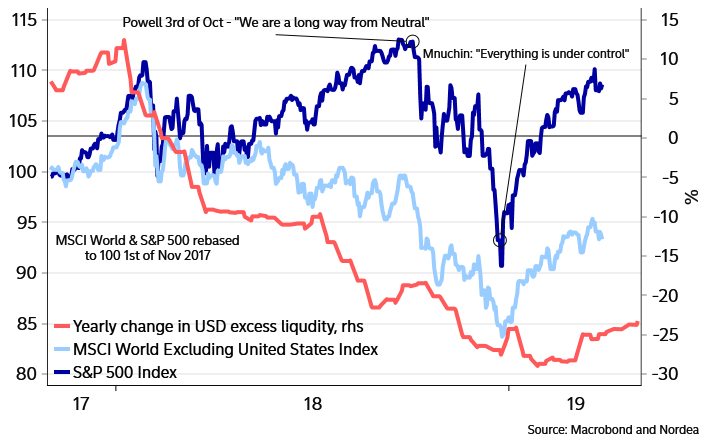
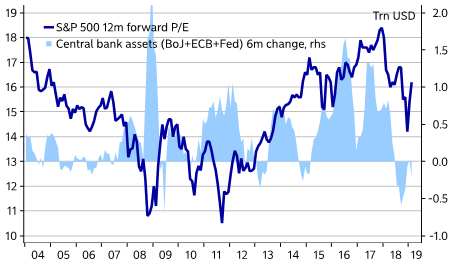
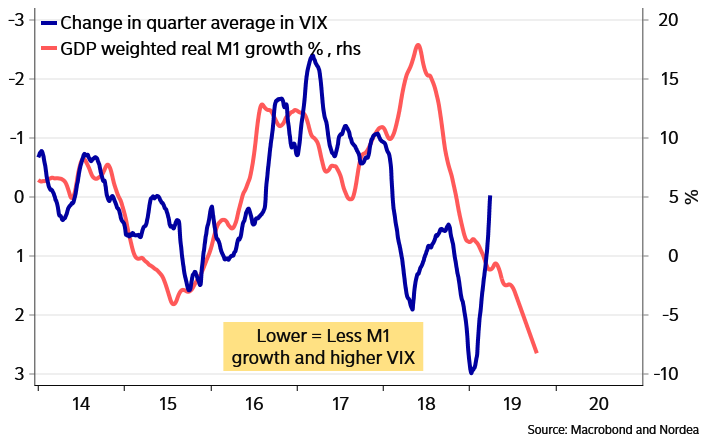
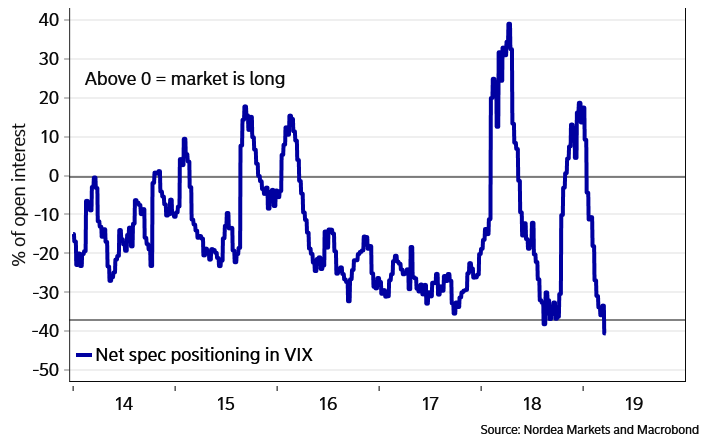

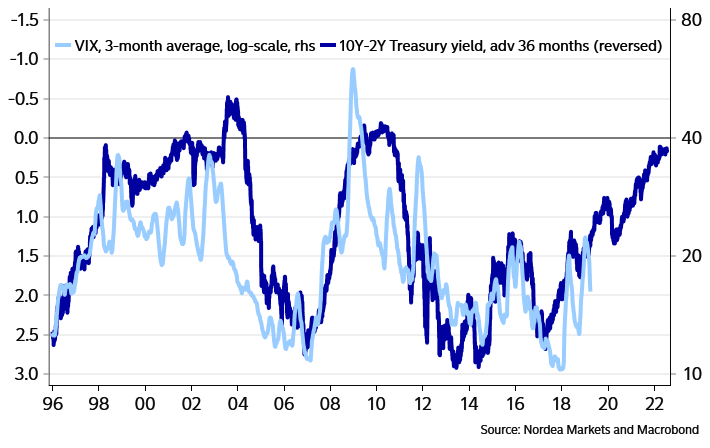
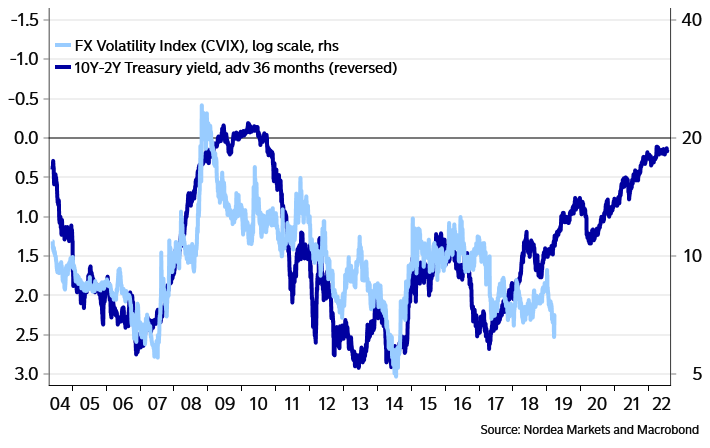
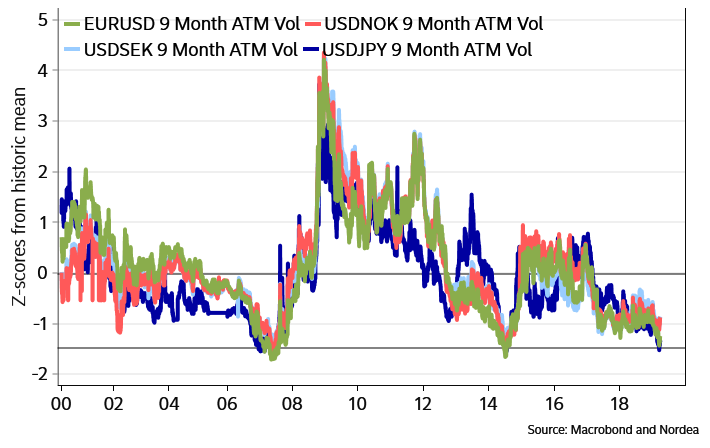

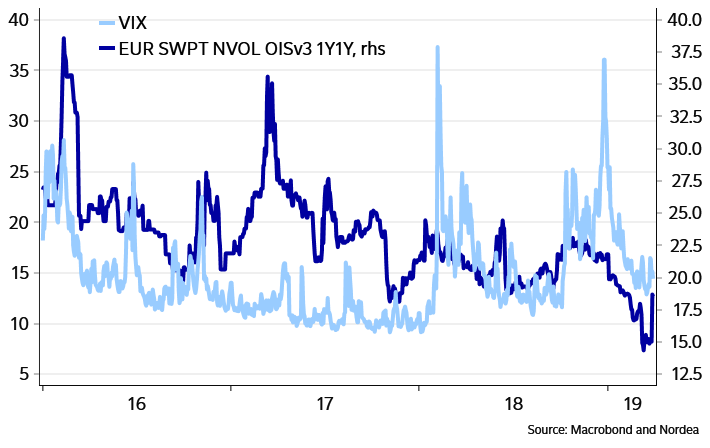



 In favoring political games over covering the news, too many journalists have badly blown their reputations along with a lot of stories, writes J.D. Tuccille.
In favoring political games over covering the news, too many journalists have badly blown their reputations along with a lot of stories, writes J.D. Tuccille.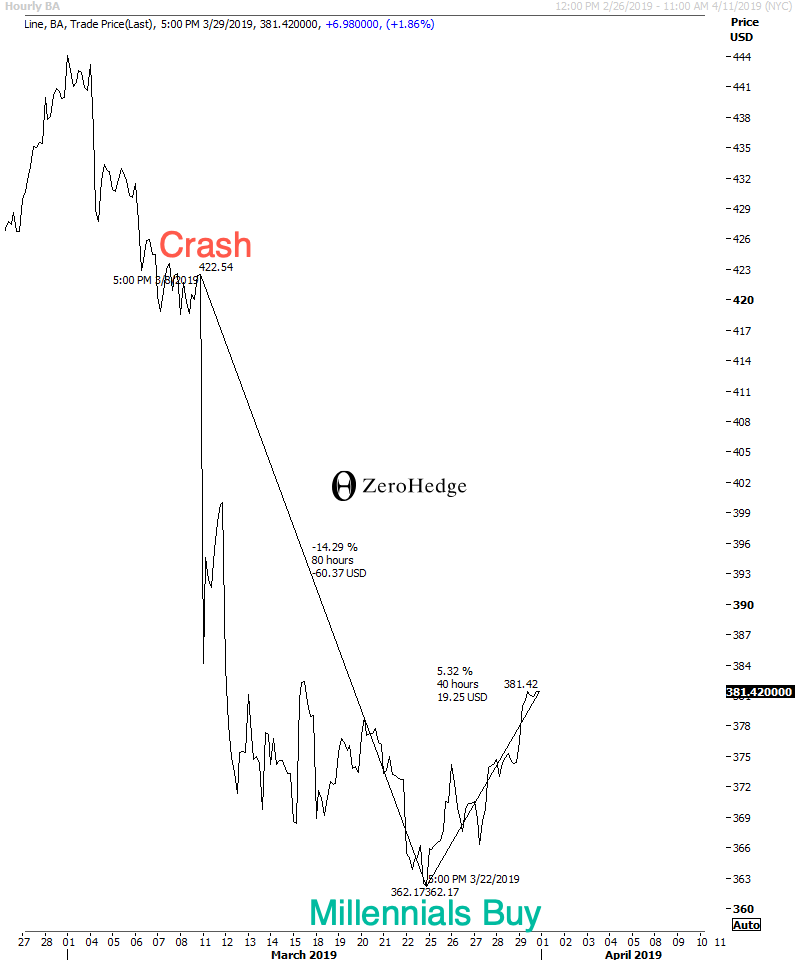
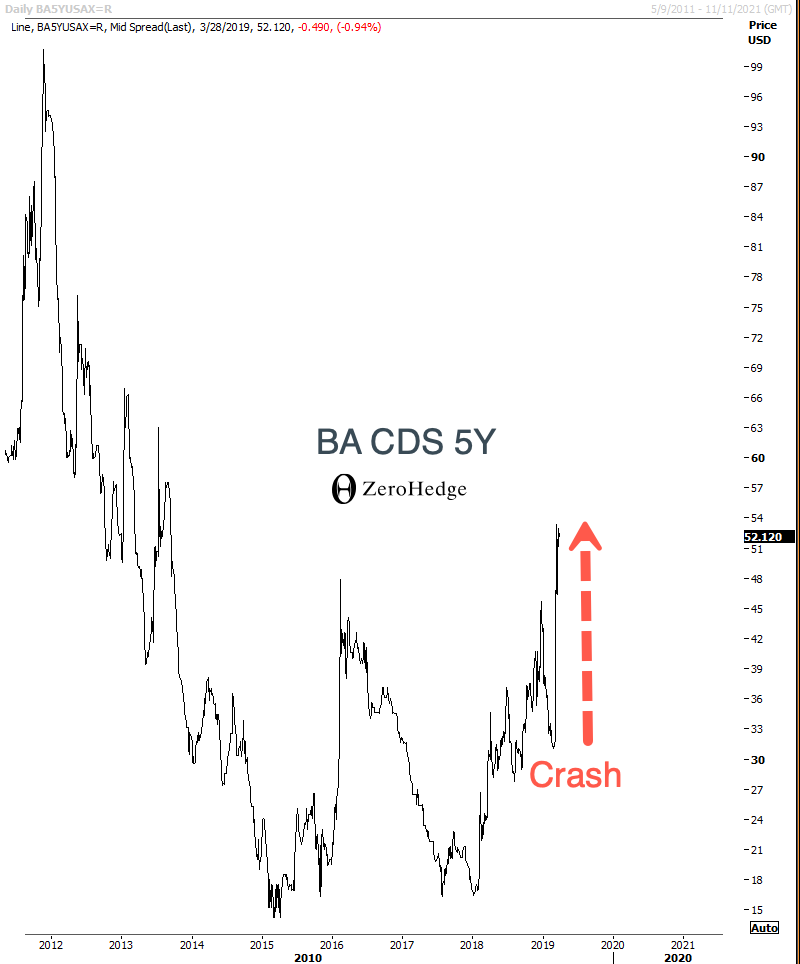
 The New York legislature passed a $175 billion state budget for the upcoming fiscal year over the weekend. It bumps spending on schools and health care, cuts spending on welfare and transportation, and includes several tax and regulatory measures, many of which will make libertarians cringe.
The New York legislature passed a $175 billion state budget for the upcoming fiscal year over the weekend. It bumps spending on schools and health care, cuts spending on welfare and transportation, and includes several tax and regulatory measures, many of which will make libertarians cringe.
